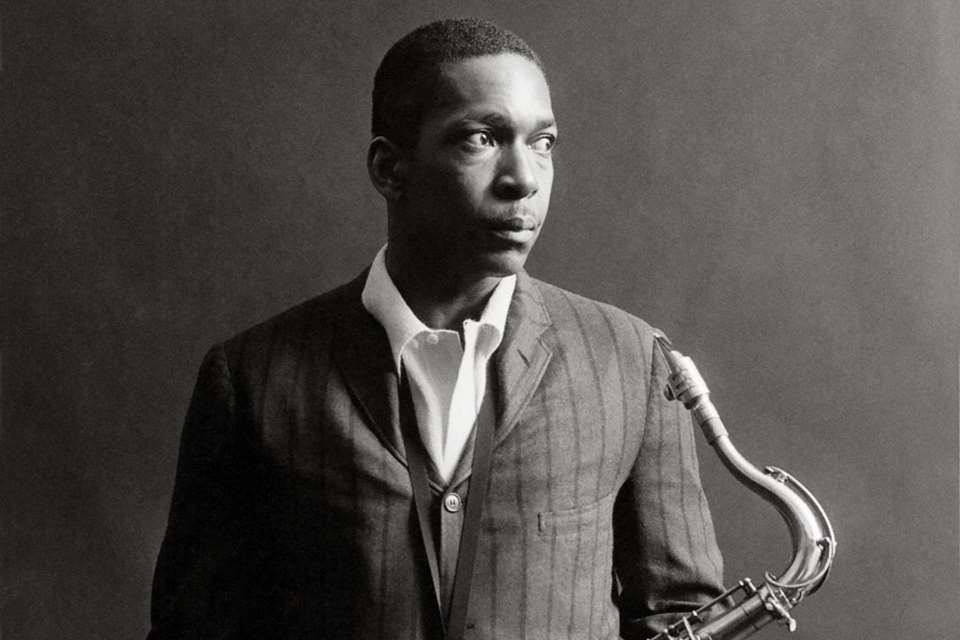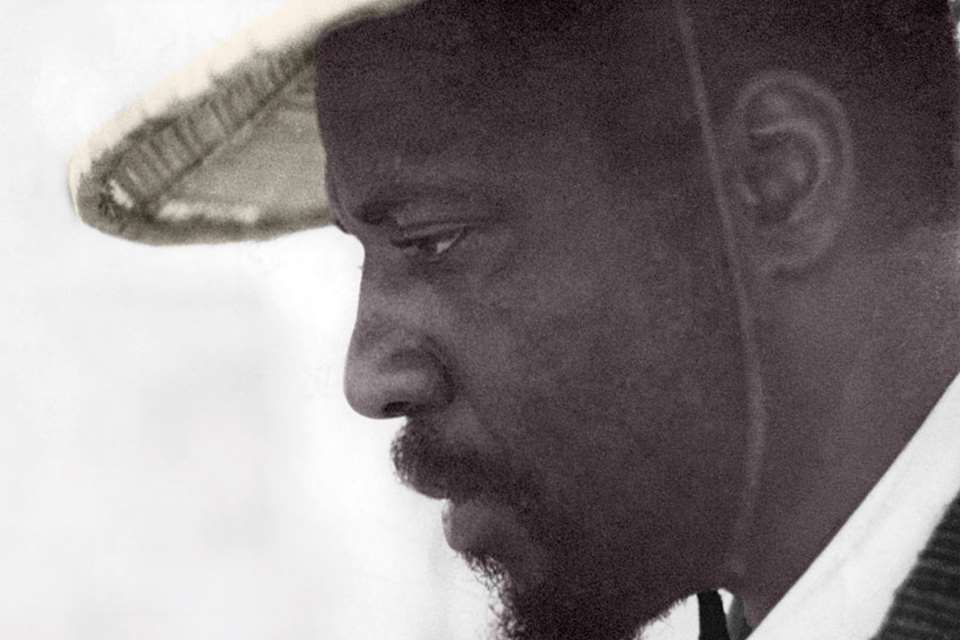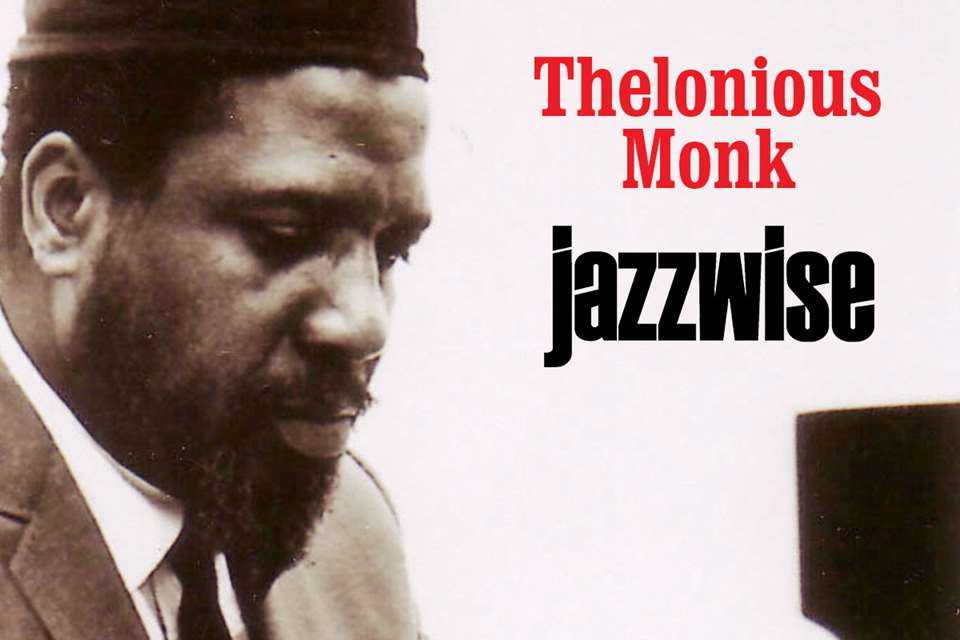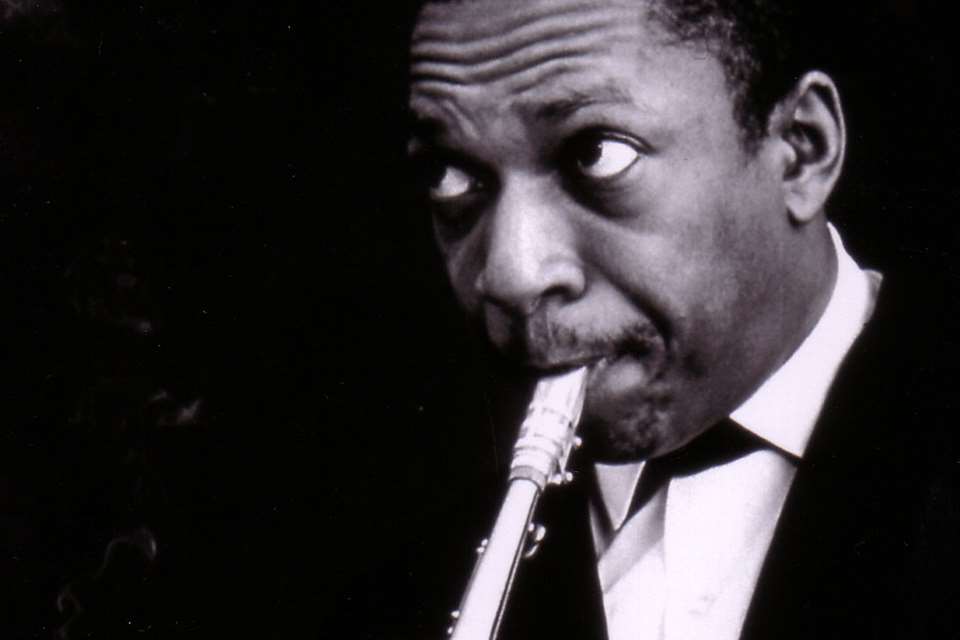O’Higgins and Luft: “It was clear we had a shared interest in Coltrane and Monk tunes”
Andy Robson
Tuesday, November 5, 2019
Saxophonist Dave O’Higgins and guitarist Rob Luft discovered a shared passion for the music of Monk and Coltrane in an unfashionable South London venue. Now that same love permeates a new collaborative effort. As they explained to Andy Robson, their intention was to pass beyond tribute, employing creative playfulness and reinvention to harness the essence of two of the foremost icons of jazz
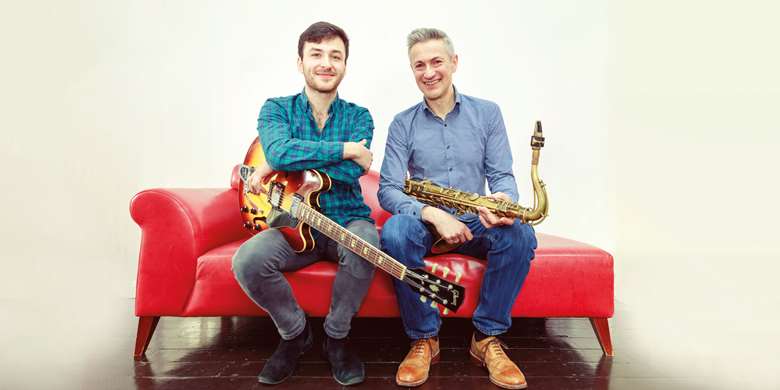
What’s annoying is that he’s not even puffed. Rob Luft has run 8k (“2k less than my normal run!”) from his South East London abode to Dave O’Higgins’ south western residence. The lifestyle of the modern jazzer might surprise Monk and Coltrane if they were around today. Some of their health choices were not so sound.
But O’Higgins and Luft are in this jazz business, you might say, for the long run. O’Higgins is still as stick slim, his hair, if a little more salt’n’pepper, as coiffed as when he first recorded back in the 1990s or even perhaps when when he first got into jazz, via, excuse me, Led Zeppelin. “Really! It was the looseness of John Bonham (also not known for 10k runs) that led me to Elvin Jones.”
By now Luft, still in his running gear, has curled up beside the glistered Gaggia from which O’Higgins has conjured the perfect Americano. Luft is evidently at home chez O’Higgins, but he should be because, “it was around this very table,” explains O’Higgins, “that we talked through how we would approach recording Play Monk & Trane.” Along with organist Scott Flanigan and drummer Rod Youngs that must have been some conversation, “coffee fuelled,” smiles O’Higgins, because how do you approach such an epic project?
“It started in blowing sessions, off the cuff gigs in not the most glamorous of settings, the Oval Tavern in East Croydon,” recalls Luft. “We’d be calling tunes to each other and it was clear we had a shared interest in Coltrane and Monk tunes”, adds O’Higgins. So for Luft it was no surprise that a year ago “Dave called me and said, listen, we should do something around those tunes, a tour, a record.”
As you’d expect from this twosome, such a project was never going to be a ‘tribute’ to their inspirations. It was always going to be about what they, between their sax, guitar (and recording) talents could do to re-imagine these icons of jazz.
“The Monk thing was specific,” recalled O’Higgins, “We’ve counted 72 Monk tunes alone, and I made a playlist for the band of all those tunes for the band to get into. Then we chose a mix of the well known like ‘’Round Midnight’ and the more obscure like ‘Dreamland’.” “We really wanted to un-earth some corners of Monk that haven’t been looked at before,” reckons Luft. “But we didn’t want to do just Coltrane or just Monk. We wanted to see how their music complements each others and ours.”
“Coltrane, if not so prolific as a composer,” notes O’Higgins, “put his stamp on everything. So, there’s only two Coltrane originals. But we cover songs he made his own, like ‘Spring Is Here’. My re-interpretation is to play it as if recorded later in his career.”
This creative playfulness, while fully respecting Monk and Coltrane’s heritage, underwrites much of the album. O’Higgins has focused on the 1957-1960 period. This was a transitional time for Coltrane who was cleaning up following his ejection from Miles’ band and was on the cusp of his revolutionary Atlantic recordings.
“There has been a lot of Coltrane tributes lately, most obviously as it’s 60 years since Giant Steps. They concentrate on the modal side or the heavy chord substitutions, but I wanted to look at another side of Coltrane, the more melodic side, the tunes he played on the Prestige sessions which still have a strong stamp of ‘Trane-ness’. We wanted to re-embody that spirit, but not imitate it: hence the choice not to use piano and bass but guitar and organ, which give us different sonic challenges.”
Nor did the pair want to ‘replicate’ the brief time Coltrane and Monk played together, which they did in the last half of 1957, famously recorded at The Five Spot. O’Higgins and Luft cover ‘Trinkle-Tinkle’, symbolically programmed halfway through their album, but what appealed to both was the contrast between Monk and Coltrane.
“I’ve found with a lot of Monk tributes,” muses Luft, “they’re almost too ‘abstract’; after hearing four or five Monk tunes in a row, it’s too much of a good thing! By mixing in the more melodic side of Coltrane, we are able to keep the sound of our album bright and balanced, not too dark or turbulent. Many Monk tunes, that aren’t ballads, are mid-tempo swing and, as on the live gigs, mixing up the songs from each of them gives a variety, melodically, rhythmically, to the programme.”
A joining thread between these contrasts is O’Higgins’ vision as producer and engineer. His model is squarely Rudy Van Gelder’s, which he describes as: “getting all the musicians in the same room, playing together so it’s natural and organic, as close as you can get to a live gig. You play with natural dynamics because it has to blend acoustically in the room. Then there’s the eye contact, the physical interaction. The downside is you’ll not get each instrument cleanly separate. And, of course, it’s recorded warts and all.”
“And you can hear those mistakes even in classic Blue Note recordings, or poor old Tommy Flanagan on ‘Giant Steps’,” says Luft. That piano break has seen much scorn poured on Flanagan, but as O’Higgins points out, it’s “like I hadn’t told Rob we’re doing ‘Trinkle’ and I said, ‘right: sight read that!’.
Lambeth Council also had a say in O’Higgins’ production sound. “I’m not blessed with a high ceiling, which Gelder had in his parents’ living room. Couldn’t get planning permission for that. It’s only just high enough to get a double-bass in! I find it allows musicians to play their own game rather than being constrained by being all boothed up. In addition, me and Rob have a similar way in the studio. We’re focused from the first take. You have to be philosophical: we’ve all had insecurities in the past about how we play, but it’s easy to think: ‘If we do more takes then it will get better.’ It won’t!” “So we both go for the magic of the first take,” chimes in Luft.
“For my own playing,” reflects O’Higgins, “it actually helps being the engineer. I’m confident I can play, but not so sure I can engineer! Playing, I’m relaxed: it’s between the takes I get stressed out as producer and engineer!”
If production and engineering are down to O’Higgins, the arrangements were more collaborative. “‘’Round Midnight’ was my arrangement,” notes O’Higgins. “To Rob’s credit he sight-read it and we got it in one take.” What made that cut interesting “was that it was a duo. We recorded about 18 tunes with the band over two days, but we also had a duo recording for a day. For that we weren’t together: we wanted the detail of the acoustic guitar so Rob had total isolation. He ended up recording in the toilet. I hasten to add it wasn’t trousers down like the Zappa poster.” “But it was about the most efficient use of a London residence you’ve ever seen,” reflects Luft.
In contrast, Luft was keen to do ‘Naima’, “he even sent me a video with him using all these pedals and effects, his way of saying: ‘Look, we have got to do this!’”, explains O’Higgins. ‘Naima’ kicks off the album, making a statement that this is Luft and O’Higgins as a duo, this is their vision. “It’s not the battering ram modal tactic of other Coltrane,” says O’Higgins, “it’s just such a beautiful tune. It’ll surprise people. That’s just not the way you expect to hear Coltrane.”
Indeed, hearing guitar in addition to Coltrane is unexpected. The man himself only recorded the one album, featuring guitar, with Kenny Burrell. “One of my few jazz disappointments is that Coltrane’s plan to play with Wes Montgomery never worked out,” reflects Luft. “But he does that wonderful rubato ballad duo with Kenny Burrell, ‘Why Was I Born?’. I heard that when I was really young and getting into jazz. I took it to Dave saying we really had to do some duos. But my touchstone for this album was Grant Green and that Blue Note sound, such a fat sound.”
Interestingly, Luft was also drawn to Monk’s ‘Dreamland’ through Frisell’s playing on a version by Paul Motian. “It’s fascinating diving into all this music, making all these connections. Now it’d be great to write music that’s grown from this, a holistic vision of the music.”
This connectivity is reflected in the diversity within the band, not just the generational difference between O’Higgins and Luft, but also what Flanigan brings from his Northern Irish heritage and indeed Rod Youngs with his States-side, marching band, funk and groove experience. This is Monk and Coltrane filtered through subsequent generations, cultures and styles, their music re-visioned for the broad based audiences of modern jazz, modern music.
“And we can never forget this is black music, an expression of the civil rights movement,” reflects O’Higgins. Which makes it all the more telling as music not only of its time but, for all its lightness of touch, as a music that arms us against the challenges of our contemporary world.
This article originally appeared in the October 2019 issue of Jazzwise. Never miss an issue – subscribe today!
